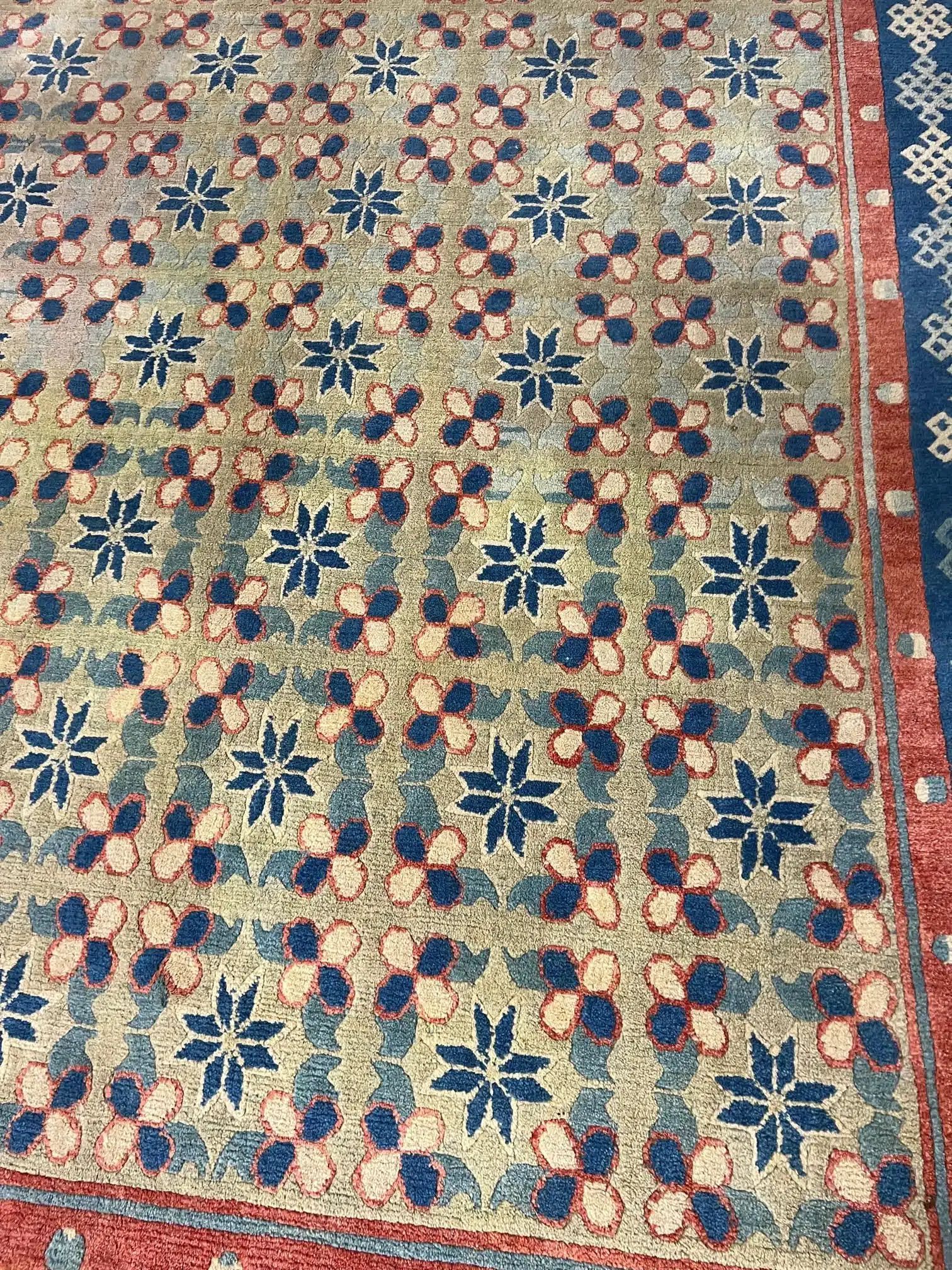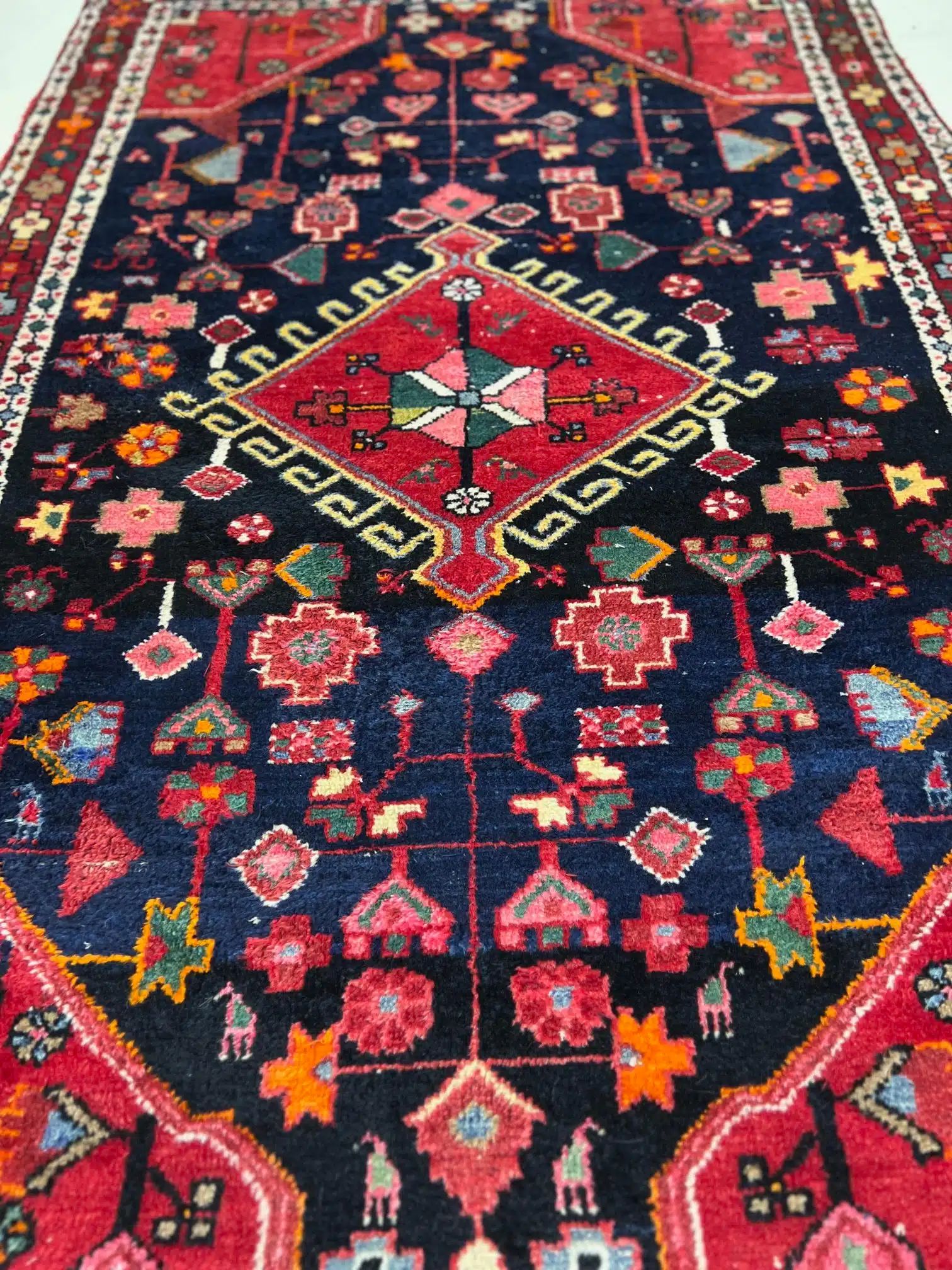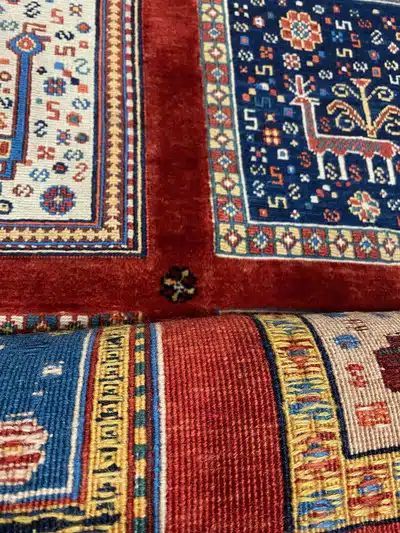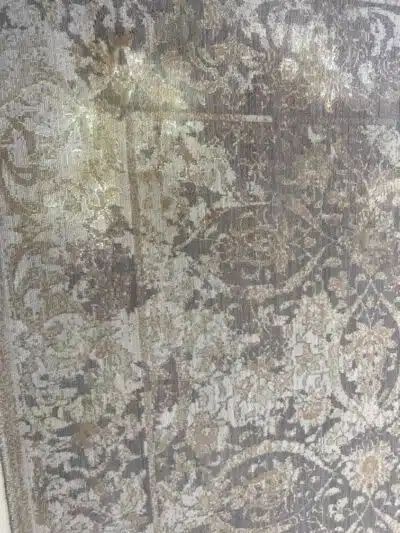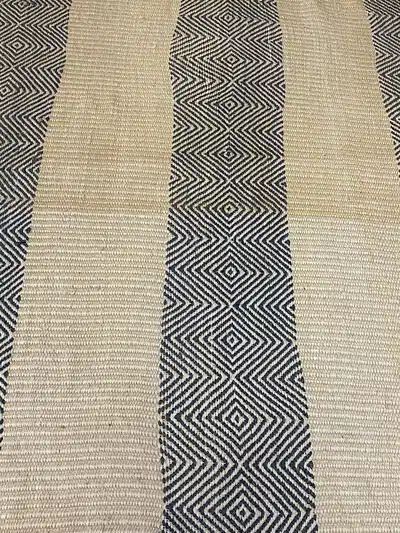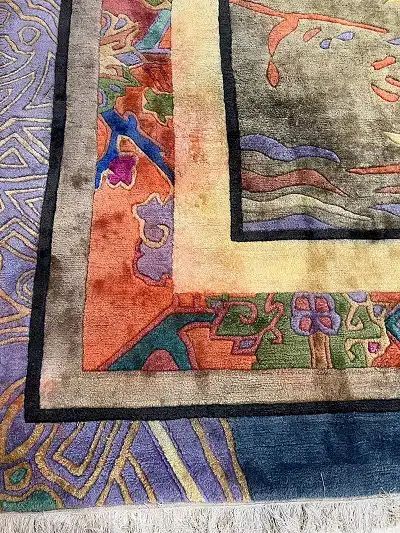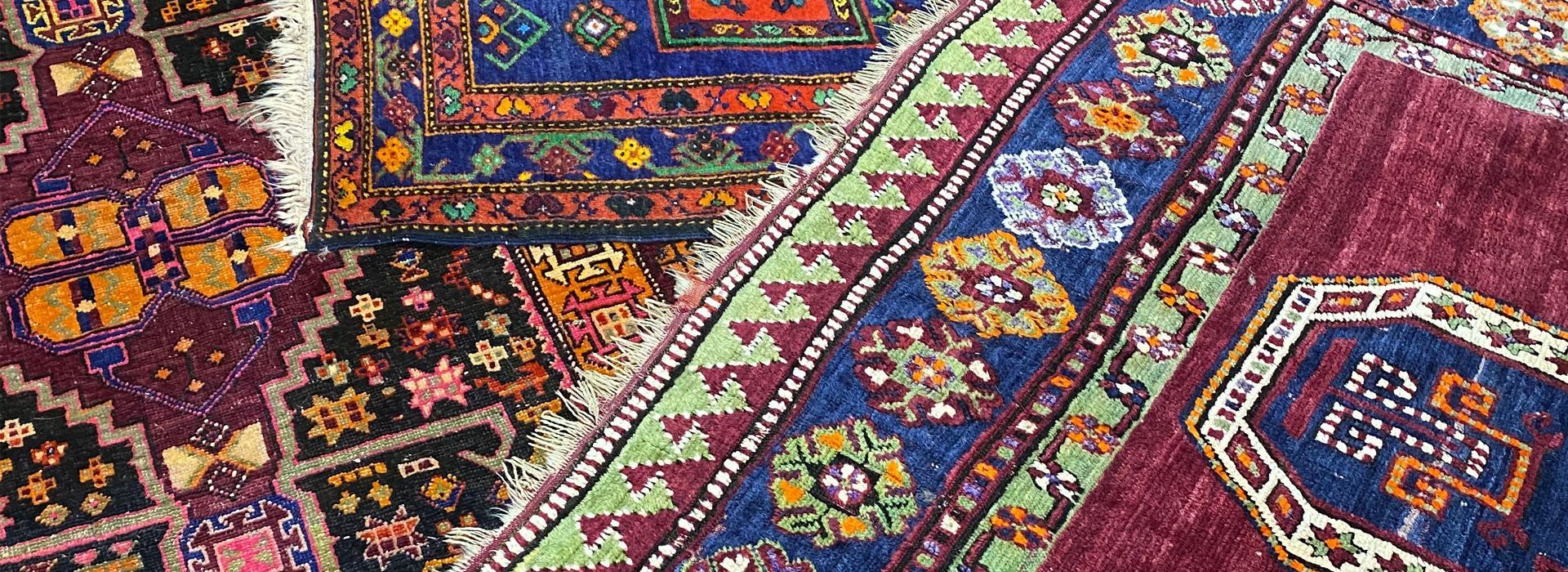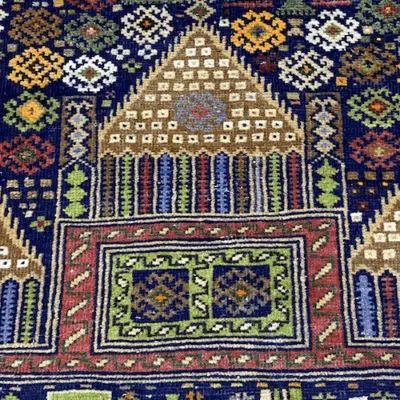Growth of Popularity of Chinese Rugs
Growth of Popularity of Chinese Rugs
Although today, China is known primarily for being a leader in exports, hand-knotted rugs were not sold to other countries in the early days of their documented production in China. During that time in the 18th century, handmade rugs were crafted mostly for emperors. Over the years, they became symbols of social distinction and held great value for noblemen and wealthy people who owned them. In the middle of the 1800s, documents showed that some people started creating rugs in China to use and sell. The Imperial Court of Beijing’s patronage also crafted larger and grander rugs for noblemen. Nomads of the Sinkiang and Ningxia areas crafted most handmade rugs. Some historians also say that early rug designs originated in Tibet.
The Boxer Rebellion and Chinese Made Rugs
By the late 1800s, handmade rugs in China were still sold only to the upper class or noblemen. In 1900, the well-known Boxer Rebellion occurred in China. The purpose of the uprising was to drive out foreigners and colonists. During that time, many wealthy residences and palaces were raided and looted. Exporting capabilities were also increasing in China then, and looters sold their spoils to be distributed abroad. Fine Chinese-made rugs were included in those spoils, and many were sent to Europe. Some made it to the United States as well. One of the earliest records of Chinese-made rugs in the United States was one that was entered in the Saint Louis International Exhibition in 1903, which was just a year before the World’s Fair in Saint Louis. The entered rug won first prize, and that sparked an interest in Chinese-made rugs among wealthy Americans.
The post Growth of Popularity of Chinese Rugs appeared first on The Austin Rug Cleaner.

